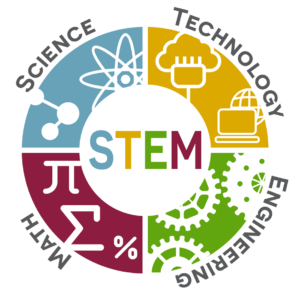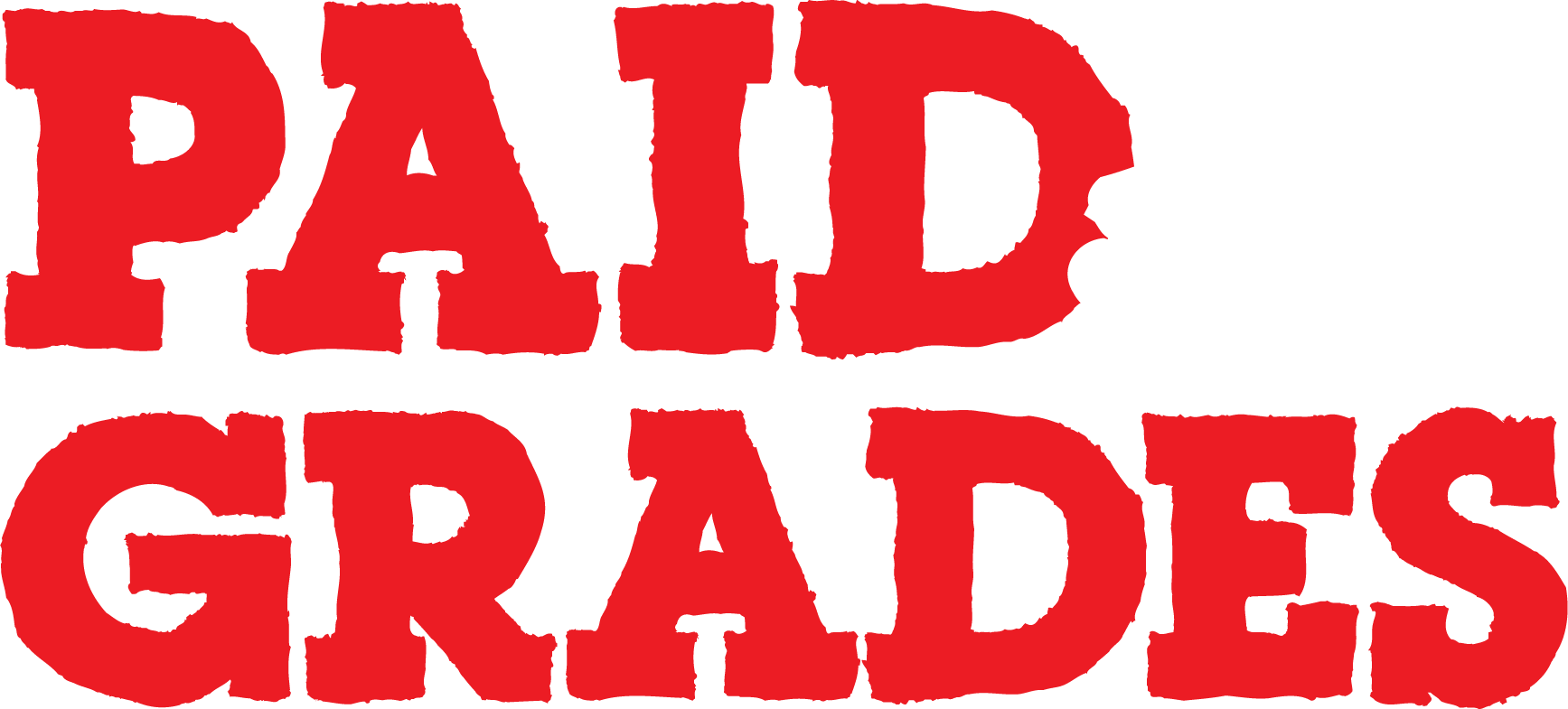 Outlook: “Future Jobs”
Outlook: “Future Jobs”
By now, it’s no secret that the rapid advance of technology represents a profound, game-changing force within our society, and the job market is no exception. According to the MIT Technology Review:
“We are witnessing ‘tectonic shifts’ in employment…information technology is reducing the need for certain jobs faster than new ones are created. Nearly half of all jobs are vulnerable to machines—to applications using information technology.”
The Huffington Post adds, “It was predicted that over 43 percent of the jobs that exist today will be gone—forever—over the next 20 years.”
Many of today’s jobs will vanish in a matter of years to be replaced by the jobs of the future in an ever-accelerating race toward the future. The elimination of antiquated jobs and the addition of future technology presents an unprecedented challenge for our nation, as well as some amazing opportunities.
The question is—how do educators prepare students to work in careers that don’t yet exist, and to use technology that has yet to be invented?
21st Century Learning
21st Century learning is one of the hottest buzz words in education in quite some time. Many believe that although the jobs and technological advances cannot be predicted, the skills needed for those “future jobs” will be centered around project-based and design thinking concepts.
The 21st Century Learning concept centers around an environment in which students enter the classroom taking on the role of modern-day workers. This methodology pushes students past memorization and procedure, instead teaching students to utilize “the four C’s” when completing tasks and projects. These include:
- Communication
- Collaboration
- Critical Thinking
- Creativity
Through the use of STEM (science, technology, engineering and mathematics) technology, and by adapting the four C’s to solve problems, students gain the necessary skills to better prepare them for the unpredictability of the workplace of tomorrow.
The 21st Century Classroom
What does the 21st Century Classroom look like?
In general, classroom furniture is arranged to increase collaboration. In this more dynamic learning environment, STEM technology is integrated into all subjects, and transparent assessments within a hands-on learning environment are commonplace. Teachers take on the role of facilitators, rather than adjudicators or instructors. They encourage critical thinking in real world situations, teaching students to guide themselves to the answers, rather than rely on memorization and repetition.
However, making this vision of the 21st Century Classroom a reality is not just as simple as rearranging some desks. In fact, many schools will find it necessary to upgrade their classroom technology in order to keep pace with the 21st Century Classroom learning environment.
STEM Grants
Educators may find grants to be essential resources in the mission to increase STEM learning and arm students with the skills they will rely upon in the future. Fortunately, there are a number of such grants available to enable educators to achieve these goals:
Type of Grant: Technology
Eligibility: 6-12th Grade
Amount Awarded: Unspecified
Submission/Deadline: Grant requests of less than $5,000: Any time; Grant requests of more than $5,000: February 1st and August 1st
About: Toshiba America Foundation’s mission is to provide teachers with additional funds to support classroom projects, and strongly encourages projects planned and led by teachers for their own classrooms. Past grantees applied the funds to design projects tapping into the natural curiosity of students, enabling students to frame their own scientific questions, and incorporate the expertise of community partners.
Website: http://www.toshiba.com/taf/612.jsp
Eligibility: K-12 Grade
Amount Awarded: $250-$500
Submission/Deadline: Ongoing
About: The Alternative Fuel Foundation’s primary mission is to offset carbon emissions produced from burning traditional fossil fuels. The foundation is heavily committed to developing and strengthening green education programs, while also helping to promote the use and study of alternative fuels. The foundation provides funds to forward-thinking schools and universities to sponsor projects which promote the concept of sustainability.
Website: http://www.alternativefuelfoundation.org/grant_application.html
Type of Grant: Energy Saving
Eligibility: K-12 Grade
Amount Awarded: $500 Visa Reward Cards
Submission/Deadline: Ongoing
About: SaveOnEnergy.com® looks for the best lesson plans for teaching students about energy or sustainability. Grantees will create a lesson plan which can help kids learn about energy in order to advance the goal of creating a cleaner, more sustainable society. As such, the lesson plan should encompass energy and/or sustainability knowledge.
Website: https://www.saveonenergy.com/teacher-grant/
Type of Grant: Student STEM project
Eligibility: High School
Amount Awarded: up to $10,000
Submission/Deadline: Team project October-June
About: The Lemelson-MIT InvenTeam initiative offers an unparalleled opportunity for high school students to cultivate their creativity and inventiveness. InvenTeam students rely on inquiry and hands-on problem solving as they integrate lessons from STEM fields to develop new prototypes. Interactive, self-directed learning coupled with STEM curricula are essential for experiencing invention.
Website: http://lemelson.mit.edu/inventeams
Type of Grant: Chemistry Classroom
Eligibility: High School
Amount Awarded: up to $1,500
Submission/Deadline: February 1st through April 14th each year
About: Since 2008, over 600 high school chemistry teachers received ACS-Hach High School Chemistry Classroom Grants to support ideas that enhance classroom learning, foster student development, and reveal the wonders of chemistry.
Website: https://www.acs.org/content/acs/en/funding-and awards/grants/hachhighschool.html
Type of Grant: Women in STEM
Eligibility: K-12+
Amount Awarded: One-year grant $2,000-$7,000, two-year grant $5,000-$10,000
Submission/Deadline: July 1, 2016-June 30,2017
About: Since the inauguration of the Research and Projects Fund in 1972, AAUW has provided support to hundreds of communities around the United States to advance education and equality for women and girls. Early projects focused on public interest issues, including women’s struggles to balance home and work life, the establishment of women’s resource centers on college campuses, and the emergence of women’s political involvement in the antinuclear movement.
Type of Grant: STEM
Eligibility: K-12+
Amount Awarded: Unspecified
Submission/Deadline: Ongoing
About: Lockheed Martin provides generous funding to STEM education outreach activities for students from elementary school through college. Lockheed Martin is committed to supporting programs, events and campaigns that focus on student achievement, teacher development, and gender and ethnic diversity.
Website: http://www.lockheedmartin.com/us/who-we-are/community/philanthropy.html
Type of Grant: Math, Science and Reading
Eligibility: K-12
Amount Awarded: $25,000
Submission/Deadline: Ongoing
About: The RGK Foundation offers grants in the broad areas of education, community and health/medicine. The foundation’s primary interests within education include programs that focus on formal K-12 education, particularly mathematics, science and reading.
Website: http://www.rgkfoundation.org/public/guidelines
Type of Grant: STEM
Eligibility: K-12
Amount Awarded: $20,000-$75,000
Submission/Deadline: Ongoing
About: The American Honda Foundation supports youth education with a specific focus on the STEM (science, technology, engineering and mathematics) subjects. Other areas of specific interest to the foundation include the environment, job training and literacy.
Website: http://www.honda.com/community/applying-for-a-grant
Type of Grant: STEM
Organization: U.S. Department of Education
Eligibility: K-12
Amount Awarded: Awards Vary
Submission/Deadline: Ongoing
About: In order to share in the President’s commitment to supporting and improving STEM education, The Department of Education offers a number of grants for the specific purpose of advancing learning in STEM-related fields. The organization believes that all students have access to high-quality learning opportunities, and that STEM subjects are a specific national priority.
Website: http://www2.ed.gov/about/inits/ed/green-strides/stem.html
The Only Thing Constant in Life is Change
Realizing the promise of the 21st Century Classroom will not be easy, nor will it be cheap. However, grants can be a key element in providing classroom technology to support and enhance the learning environment and share future skills.
The 21 Century workforce will be incredibly different from that of the 20th Century. With new technology comes new ways of conceptualizing our society, from education to employment to leisure time. Preparing students for an evolving future can be a challenge, but a focus on communication, collaboration, critical thinking and creativity mixed with a STEM focus might just be the right mix to give students the necessary competitive edge.









